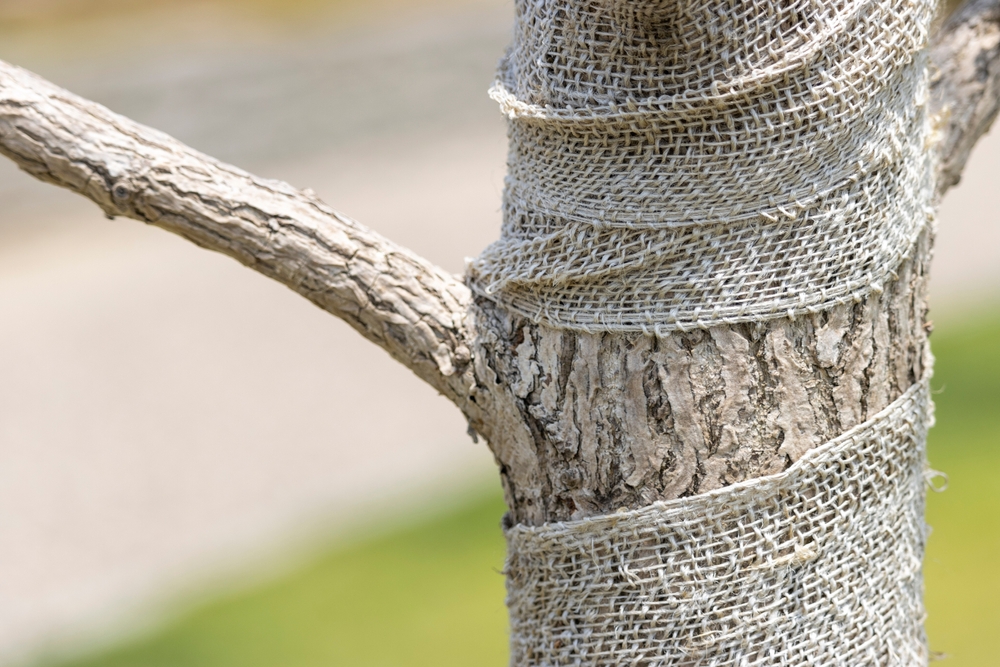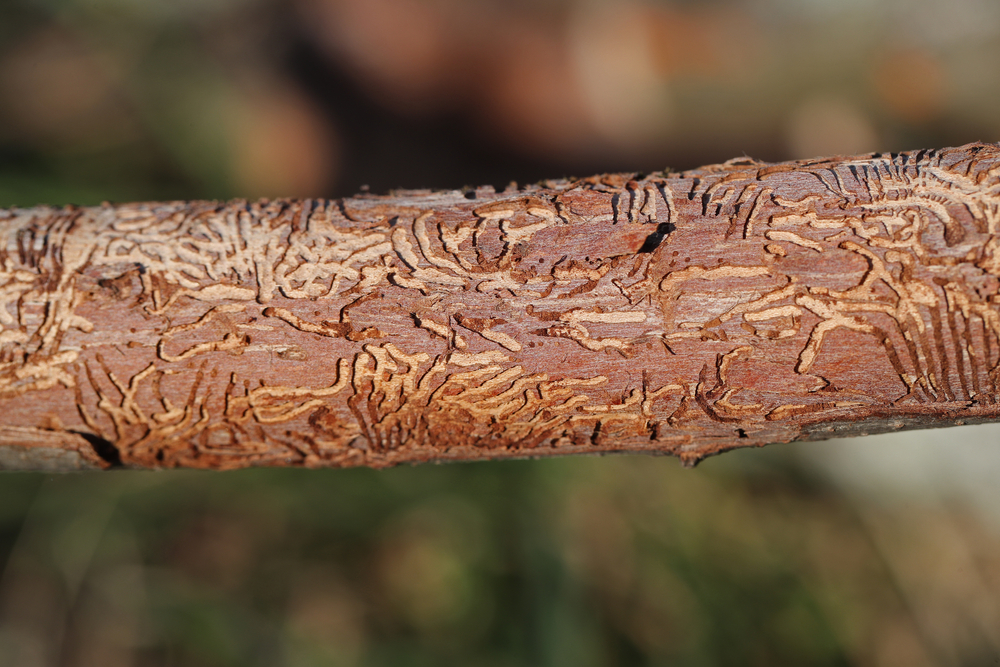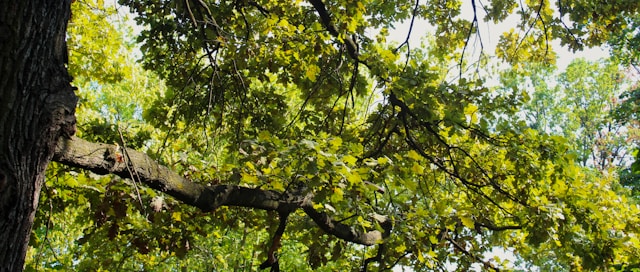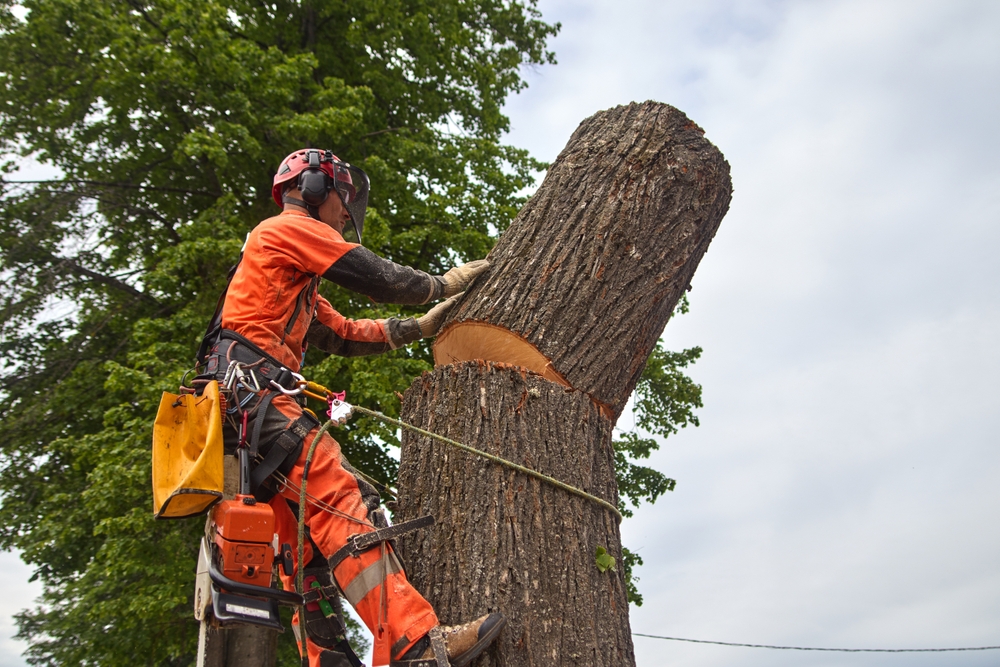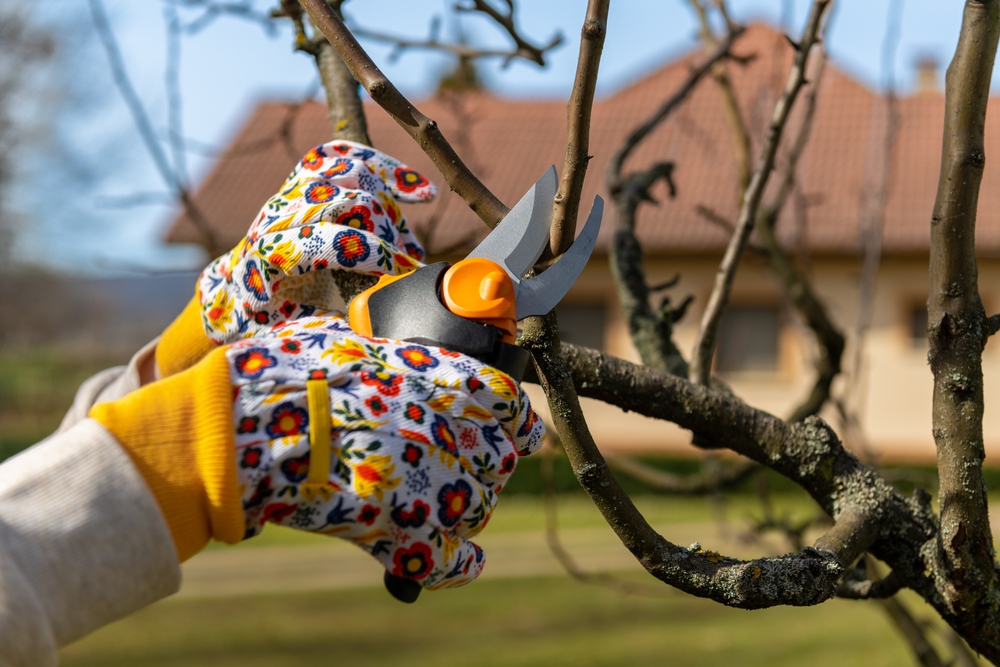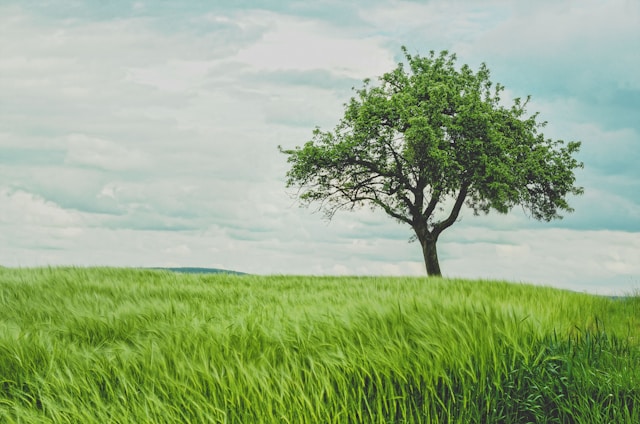If you’ve ever purchased a tree from a nursery, you were probably advised to wrap its tender trunk before winter hit. Northern states are prone to icy conditions, and young trees require a little bundling to weather the season. Let’s look at how trunk wrapping can help to protect young trees from winter damage and how to do it properly.
The Benefits of Trunk Wrapping Young Trees
Trunk wrapping should be performed in late fall and left on young trees until the last spring frost. This layer of protection keeps a vulnerable trunk from being exposed to the elements, which can quickly harm and even kill a tree. Some perks to trunk wrapping include:
- It protects the bark from sunscald. This occurs when intense sunlight warms the bark of the tree and activates cells. When the temperature drops, these cells are damaged and killed, leading to sunken and discolored spots that flake away, leaving exposed flesh beneath.
- It prevents frost cracks. These vertical cracks form when the temperature drastically flucuates and falls in the winter months. They can cause a tree to become vulnerable to pests and diseases.
- It insulates the cambium. The cambium, or inner bark, has cells that can “wake up” when the warm sun shines on it in winter. Once awake, these cells begin to move water through the trunk. When temperatures plummet, they freeze and burst, leading to large cracks that damage the inner bark.
- It reduces deer from browsing. Hungry deer look for quick snacks in the winter, and tender tree bark tastes delicious. This can lead to open wounds, which can cause a tree to be susceptible to pests and diseases.
How to Trunk Wrap Young Trees
To prevent unnecessary injury, it’s best to trunk wrap young trees. Follow these easy steps to keep them protected through the winter:
- Trunk wrap your young trees late in the fall, but before the first frost.
- Use trunk wrap material that is breathable, but pick a material that won’t damage the bark. Solid options include tree wrapping paper, burlap, and heavy fabric.
- Start at the base of the tree and begin wrapping the material around the trunk. Continue until you reach the branches at the bottom of the tree. Overlap each layer by at least 1/3 so that the trunk is protected. When finished, secure the trunk wrap with twine or heavy-duty tape.
How to Unwrap Young Trees in the Spring
Spring is a time for new growth and fresh starts, and it’s the perfect time to unwrap your young trees. The best time for unwrapping trees is in the early spring after the last frost. Simply remove the wrapping material, beginning at the top. Carefully unwrap the tree while paying attention to its bark. Work slowly so the tree’s trunk isn’t injured as its unwrapped.
Additional Tips
Here are a few additional tips to ensure that your young trees are wrapped properly through the winter months.
- Never use plastic wrap or other non-breathable materials to wrap your trees. They will trap moisture inside which can quickly damage the bark underneath.
- Wrap your tree firmly, but avoid wrapping it too tight. This can lead to a restriction of air and water flow throughout the trunk.
- Check on your tree regularly. Make sure the wrapping material is still intact and make repairs as needed.
- Don’t forget to remove the wrapping material in the spring. Otherwise, your tree can be susceptible to disease and insect damage.
Protect Your Young Trees Through the Winter Months
Properly wrapping your young tree trunks through the winter will give them the best shot at growing tall and healthy. If you’re worried about wrapping your tree trunks or if you have questions about the process, don’t hesitate to call your local arborist. At American Arbor Care, we’re here to help you keep your trees growing healthy and strong, all year long. Contact us today.

